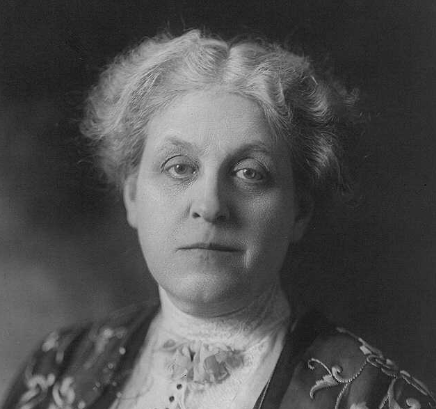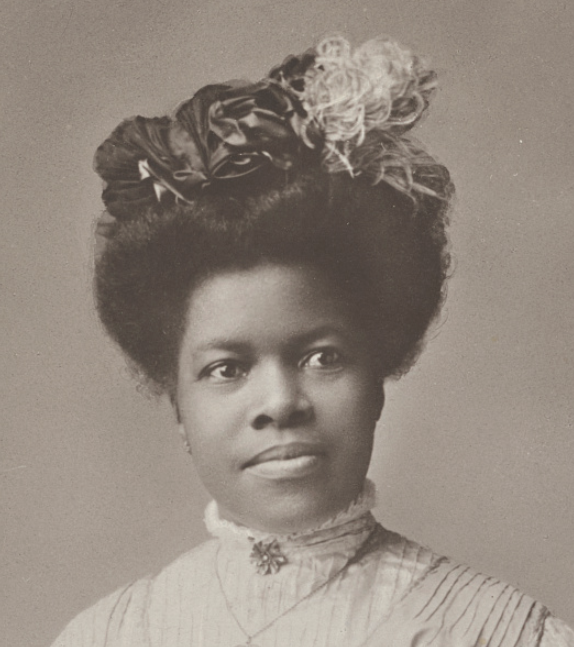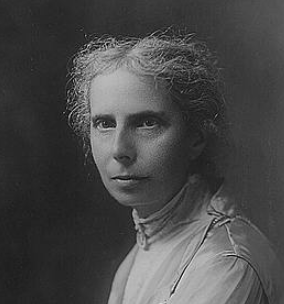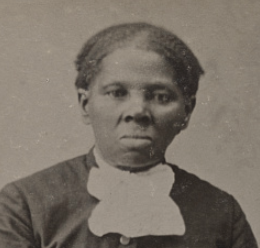For those of you who have already had an introduction to the Question Formulation Technique (QFT), whether through an online course with us, our online modules, or some other means, and are interested in going further, you may like to join our more advanced course coming up this September.
Questions at the Core: Extending the Question Formulation Technique (QFT) to Sustain an Inquiry-Based Culture in Schools explores ways to refine your QFT practice, successfully coach and teach it to other adults, and scale questioning and inquiry so it becomes a core part of the culture in your classroom, school, or system.
Registration closes September 3. Learn more here!
I just read a delightful blog post describing the work of pre-K, 1st grade, and 3rd grade teachers using the Question Formulation Technique, with young learners.
Little Wonderers: Adapting the QFT for Early Learners, by Maame Conduah,  Katy Connolly
,
Katy Connolly
, 
This is an introduction lesson plan to use with 4-8 grade to learn the QFT process and find the value of this process. Students will be examining shoes.
Free to Use and Reuse: Shoes | Free to Use and Reuse Sets | Library of Congress (loc.gov)

Below is a list of the lesson plan albums in this group. The words in brackets at the beginning of each album title tell you which run of the online course (Teaching Students to Ask Their Own Primary Source Questions) the album pertains to. One album is reserved for lesson submissions from the self-paced online modules that are coming soon to rightquestion.org.
[March 2021] QFT-Primary Source Lesson Plans
[July 2021] QFT-Primary Source Lesson Plans
[October 2021] QFT-Primary Source Lesson Plans (Katy's group)
[October 2021] QFT-Primary Source Lesson Plans (Ashley's group)
[October 2021] QFT-Primary Source Lesson Plans (Connie's group)
[October 2021] QFT-Primary Source Lesson Plans (Trudy's group)
If you haven't tried the Question Formulation Technique (QFT), Black History Month might be a good time to start. The QFT teaches students how to ask questions and how to use them effectively. In the process, students learn to ask new questions about historical stories they think they already know. They practice their question-asking muscle until it becomes a reflex, a tool they can pull out and use at any time to parse challenging texts, read sources with a critical eye, and discover what they are most interested to learn about.
The QFT starts with a Question Focus prompt, or QFocus — a springboard for students' questions. The prompt can be anything (anything except for a question, that is), but it works the best when the prompt is a) simple, b) provocative, c) open to divergent thinking, and d) directly aligned to your lesson objectives. We’ve found that primary sources can be provocative as QFocus prompts. For more information on how to develop a primary source QFocus, see our lesson planning workbook.
It’s important to think through your objectives before selecting a QFocus in order to pick something that will be most effective for your students, content, and goals. While the five primary sources I list here caught my eye as potentially powerful QFocus prompts, they’re not necessarily the best match for every QFT lesson. Hopefully this post sparks some new ideas. One thing to keep in mind: If something catches your eye, gives you a gut reaction, makes you wonder or scratch your head or itch to google more about it, it's likely to do the same for students!
- A 1965 photograph of school integration by Dick DeMarsico. This photograph needed no context to spark my curiosity, and I imagine it would be the same for students. I wanted to know: What are the two groups saying to each other? What are they thinking? And, Why don’t the kids have umbrellas? It tells a story that is familiar (no matter their age, students will probably recognize this photo as a representation of racial tensions and may even know it has to do with integration) and yet surprising, each detail adding to the complexity at play.
- Shirley Chisolm 1972 presidential campaign poster. This poster stood out because of its catchy campaign slogan: "Bring U.S. Together. Vote Chisolm 1972. Unbought and unbossed." Even if you don't know who Shirley Chisolm is, you probably know what a campaign poster is, or can surmise that Chisolm is trying to get elected. That fact, coupled with her picture, and the simple but powerful slogan she chose gives us just enough information to start asking questions about her and the context around her. I probably wouldn't recommend using a regular portrait photograph of her as a QFocus, however. For example, if I were a student and this photograph was my QFocus, I'd probably get stuck after, "Who is this?" Portrait photographs of people the students don't know often don't give enough to go on for the QFT.
- Newspaper headlines, like these: "Tulsa's Terrible Tale is Told" (see this blog for more info) or, "Supreme Court Kills Jim Crow on Southern Buses" (see this blog). Newspaper headlines work well as prompts for questioning. When used at the beginning of a lesson or unit, a headline can give students a snippet of the outcome or aftermath of what they are about to learn, and then they have to work backwards to unravel what happened and connect it to what they already know. Students will likely start to question the inherent bias that often reveals itself in the journalist’s process of trying to describe the "gist" of a story in so few words, even while striving for objectivity, as well as question how the headline might represent or influence public opinion at the time.
- A letter from Ida Husted Harper of the Leslie Woman Suffrage Commission [pages one and three of the letter are here; page two is here] denying the inclusion of a federation of African American women's associations. This blog explains in more detail the significance of the letter, which represents the exclusion of Black women and other women of color from the women's suffrage movement at large. Depending on the age and experience of your students, the letter in its entirety could be used as the QFocus (you’d probably want to give students time to read it twice through before launching into asking questions) or one quote or segment could be used. This line in particular stood out to me: “Two thirds of both houses of the new congress are pledged to vote for this amendment … The opponents are not leaving a stone unturned to defeat it and if the news is flashed throughout the Southern states at this most critical moment that the National American Association has just admitted an organization of 6,000 colored women, the enemies can cease from further effort — the defeat of the amendment will be assured.” The tone of the letter and its justifications are what gave me pause and spurred questions like, “What did the movement for suffrage led by Black women look like and how did they achieve full suffrage for themselves?” and, “What other figures and fights are missing from my understanding of the women's suffrage movement?”
- A political cartoon about imperialism and racism from 1899. It is in the nature of political cartoons as a genre to use symbolism, hyperbole, irony, and humor to succinctly convey a message — often an opinion on a politically charged issue, and sometimes a personal belief held by the creator or publisher. Using the QFT to interpret a political cartoon can be a rich exercise in close reading and media literacy. For example, in one class, led by history teacher Johnny Walker, a student asked about this cartoon, "Is the caricature face of the Black students on purpose?" Another asked, “Is this satire?” This political cartoon or another might prompt discussion about caricatures, stereotypes, and their impact on how Black people as a group have been portrayed and perceived throughout history.
What QFocus prompts have you used or would like to use to prompt curiosity and questions about Black history and Black History Month?
The QFT Primary Lesson introduces scatterplots, how the graphs are used and later leads into an investigation/research adventure for students to determine how the United States president goes through the Electoral College election process. As students research, they find out how the electoral college was in place since the beginning of the Constitution. Furthermore, students compare how the electoral college was back in the 1700s-1800s compared to now in the 21st century.
Taking it to the Streets: A Year of Global Protests is a free Teaching with the News lesson that was created by the Choices Program at Brown University. It uses the Right Question Formulation Technique. I invite you to have a look and use it in your middle or high school classroom!
In the Disability History group,  Rich Cairn
shared this helpful tip sheet for using the QFT with special student populations:
Rich Cairn
shared this helpful tip sheet for using the QFT with special student populations:
https://drive.google.com/file/d/1ucZOuaGPlMmC81xBHgg8MCkzjv5mtxeg/view
In the document, the Right Question Institute has "gathered tips, insights, and ideas from educators across the country who are using the QFT with special populations, including English language learners, early elementary students, and students who receive special education services." I find the suggestions to be highly practical and doable, especially because they come from practicing teachers.
Five stars!
Pre K - 2 3 - 5 6 - 8 9 - 12 QFT ELL special education bestof
Here are some upcoming and recorded webinars from the Right Question Institute that provide resources and ideas for conducting an online QFT for primary source learning.
Upcoming:
Wed, April 29 @ 6p ET: Let's Chat! Taking the QFT Online with EdTech Tools
How can we take the Question Formulation Technique online for powerful, accessible inquiry learning from afar? Join us for an open conversation with ed tech experts: Jay Sorensen, Michelle Pearson, and Laura Israelsen, and RQI’s Sarah Westbrook for some seasoned advice on the tools that can make this work in any setting.
Wed, May 6 @ 2p ET: Introduction to the Question Formulation Technique for Primary Source Learning
This free, one-hour interactive webinar introduces educators to the Question Formulation Technique (QFT), a strategy through which individuals develop their ability to ask, work with, and use their own questions. Participants will learn through doing. This is an introductory session, primarily designed for educators and learners who are new to the QFT.
The Right Question Institute has new free resources for making you own virtual QFT using ed tech tools like Padlet and Google Forms. The following resources for making a Padlet QFT activity show how students can crowdsource questions and use them to analyze and investigate a primary source.
On this virtual QFT toolkits page, you'll find:
Testimonials
- I love that there is new info on the site daily!
- I had a wonderful time working with the Library of Congress and learning about all of the resources at my fingertips!
- The TPS Teachers Network has an equal exchange of ideas. You know it's not a place where you're being judged.
- My colleagues post incredibly fine resources and ideas....the caliber of the suggestions and resources make me feel that I take a lot from it. It's a takeaway. And I hope that I can give back as much as I get.
- Going into this school year, I have a fantastic new resource for my own instruction and to share with my colleagues!
- I am very glad that I discovered the TPS Teachers Network through RQI. Great resources can be hard to find out there on the internet!
















